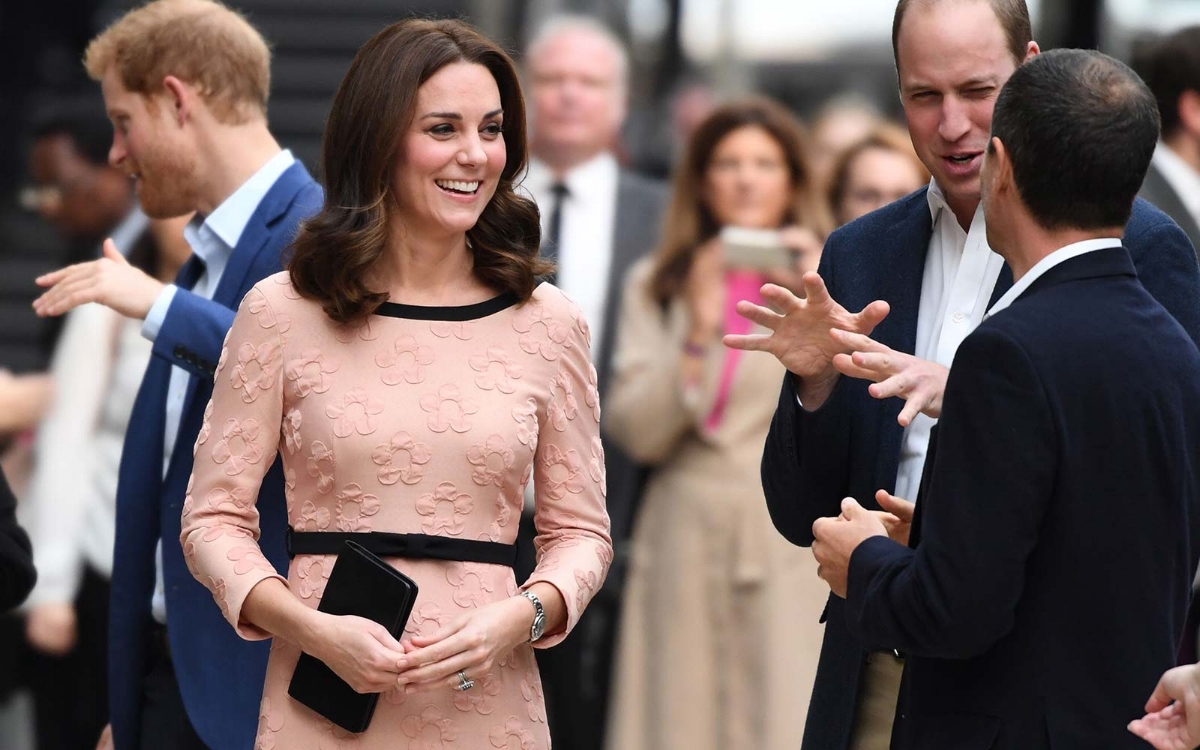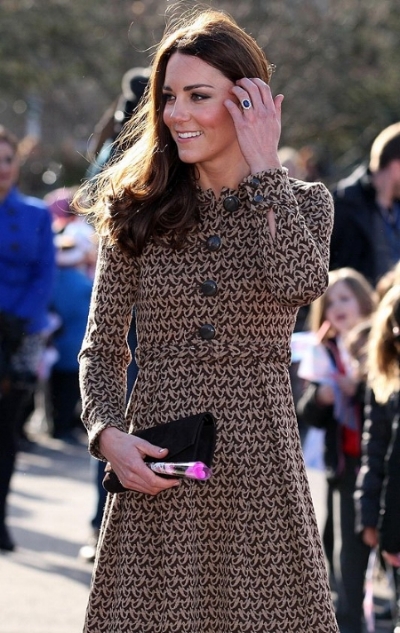By
HANNAH O’NEILL

A fortnight ago we learned that Irish fashion label Orla Kiely was to cease operation. Widespread adoration and the predictable criticisms swarmed our news feeds reflecting on a long-standing service to the fashion industry.
Images of Kate Middleton sporting Kiely creations resurfaced among the highlights, and since then the world has moved on. But this story holds a great lesson for us in the brand communications industry as a harrowing reflection on the emptiness of influence.
Imagine sitting at a client meeting to deliver news that Her Royal Highness The Duchess of Cambridge had been secured as a long-term brand advocate. High fives all-round and a nice case of wine at Christmas. Sure, but as Orla Kiely will now tell you, association alone is not enough.
Had there been a paid partnership between Kiely and Kate, picture the coverage report. Blanket tabloid coverage, online reach in the hundreds of thousands, and figures spilling off the page. But what are the numbers worth now?
How did we get here?
Since its birth, the PR industry has had to grapple with the intangibility of its results. Influencer outreach provided a brief grace period with an abundance of sky-rocketing metrics of reach and impressions. But if these figures are the sweet nectar of the PR ROI, engagement is the fly in the ointment.
In truth, eyeballs and attention do not equal action and affiliation.
We must resist the temptation of soaring coverage report figures and the instant gratification of a well-executed media drop. It’s time to let go of the vanity metrics and get back to the day job of delivering brand stories that positively shape how the consumer thinks, feels and acts.
Fudged numbers have been a troubling undercurrent in the influencer industry for some time now. Follower fraud is rampant and influencer engagement pods are developing to further manipulate audiences. Outside of Ireland, smaller influencers are increasingly paying more established influencers for a shout out. This is the epitome of ‘influencer inflation’, and if there’s one thing we as a society know about bubbles, it’s that they burst.
Brands and agencies together need to step outside of this egocentric echo chamber and look for something more than the name and the numbers.
Numbers quickly diminish when influencers are funnelled through these questions:
How many followers do they have?
How many of those relate to them?
How many of those trust them?
How many actually like them?
We must ask ourselves better questions and set new success metrics. Ten conversations trump one hundred idle comments.

Royal connections
PRs must lead their brand clients to invest in long-term partnerships, not empty mentions. This requires big picture thinking, and an element of bravery. There will be consequences: coverage reports will suffer, numbers will drop, but in turn, value will rise.
It’s time to re-energise how we earn attention and affiliation. In the long run, this new approach to engagement will prove far more interesting to consumers, brands, and the comms industry as a whole.
While there are many reasons for the closure of Kiely’s fashion house, it serves as proof that a great product and a great name alone do not guarantee success.
The link must be rooted in something more: a wider narrative, a true story. It should connect the brand to the consumer on a deeper level.
Having images of the Royal Family wearing your designs all over the internet on the day you cease operation is the equivalent of reading 160 Facebook birthday notifications over an M&S dinner for one and an IKEA tea light. Nice, but it doesn’t really mean anything at the end of the day.
So, as the shrieks of ‘yaaas qweeen’ still echo in the influencer ecosystem, it’s worth remembering that sometimes royalty is a little too far removed to resonate. Consumers have got to believe it to buy it.
HANNAH O’NEILL
Hannah advises a range of clients in the healthcare, aviation, food, and tech sectors, with a particular focus on consumer PR.

